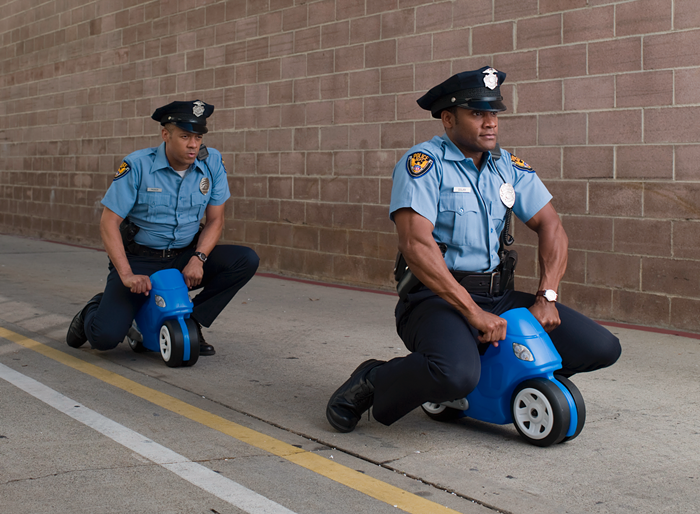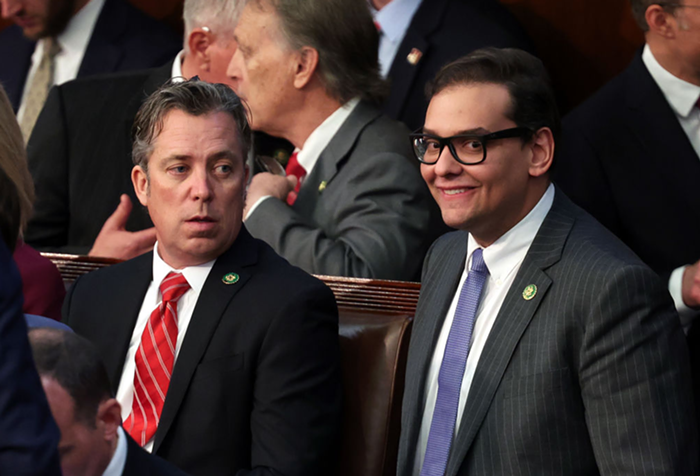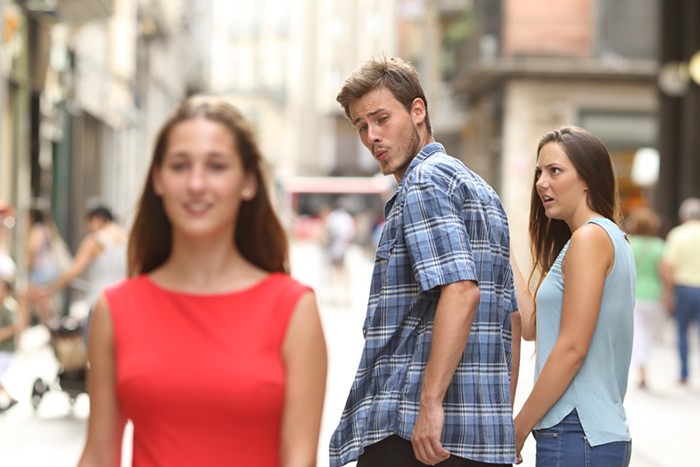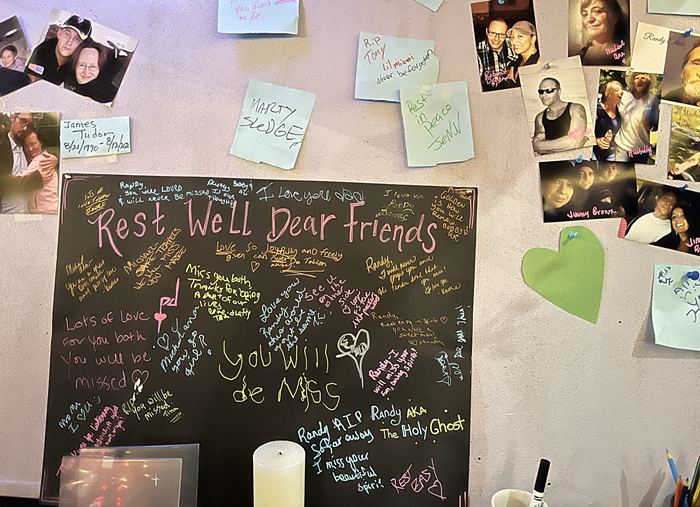"ZERO DARK THIRTY is factually inaccurate, and we believe that you have an obligation to state that the role of torture in the hunt for Osama Bin Laden is not based on the facts, but rather part of the film's fictional narrative." So wrote Senators Dianne Feinstein, Carl Levin, and John McCain last month to Sony Pictures Chairman Michael Lynton. A few days later, Michael J. Morrell, the acting director of the C.I.A., informed his employees that Zero Dark Thirty—despite the fact that director Kathryn Bigelow and writer Mark Boal were granted extraordinary access to agency officials while researching the film—"creates the strong impression that the enhanced interrogation techniques that were part of our former detention and interrogation program were the key to finding Bin Laden. That impression is false." But then he wrote something else: That "whether enhanced interrogation techniques were the only timely and effective way to obtain information from those detainees, as the film suggests, is a matter of debate that cannot and never will be definitively resolved."
"Enhanced interrogation techniques" is how the C.I.A. prefers to refer to "torture"—graphic depictions of which certainly are contained in the film. (Before that, a simple title card: "The following motion picture is based on firsthand accounts of actual events.") While torture plays a prominent role in Zero Dark Thirty—as it did in reality—it's hardly the focus of Bigelow's film, which begins and ends with tears, but crams an incredible amount into the nearly three hours in between. Focusing on a C.I.A. intelligence officer known only as Maya (played by Jessica Chastain, and whose anonymous real-life counterpart, the Washington Post notes, is known for making good use of "dedication and combative temperament"), Zero Dark Thirty seeps with the wounds of 9/11 and charges forward as its characters—and its audience—get ever-closer to a compound in Abbottabad, Pakistan. No one's sure if bin Laden's in there, except the audience—and our knowing this does nothing to diminish the film's jarring intensity, which speaks volumes to how good Boal's nuanced screenplay is, how across-the-board great the performances from Chastain, Joel Edgerton, Chris Pratt, James Gandolfini, and Mark Duplass are, and how smart and hard-edged Bigelow can be.
Spanning years and continents, Zero Dark Thirty says a lot—and none of it is comforting, even if it'll never be clear exactly how much of it can be tied back to actual events. But what is clear is how real it feels: Zero Dark Thirty zooms in on everything from computer screens to bullets ripping through metal and flesh, but whether Bigelow's capturing the blown-out harshness of a Middle Eastern desert, the empty flicker of florescent overheads, or the grainy green phosphorescence of night vision, she colors everything in shades of gray. For all the stark chatter around the film, there's no black and white in Zero Dark Thirty—which means there isn't any victory, either.




















